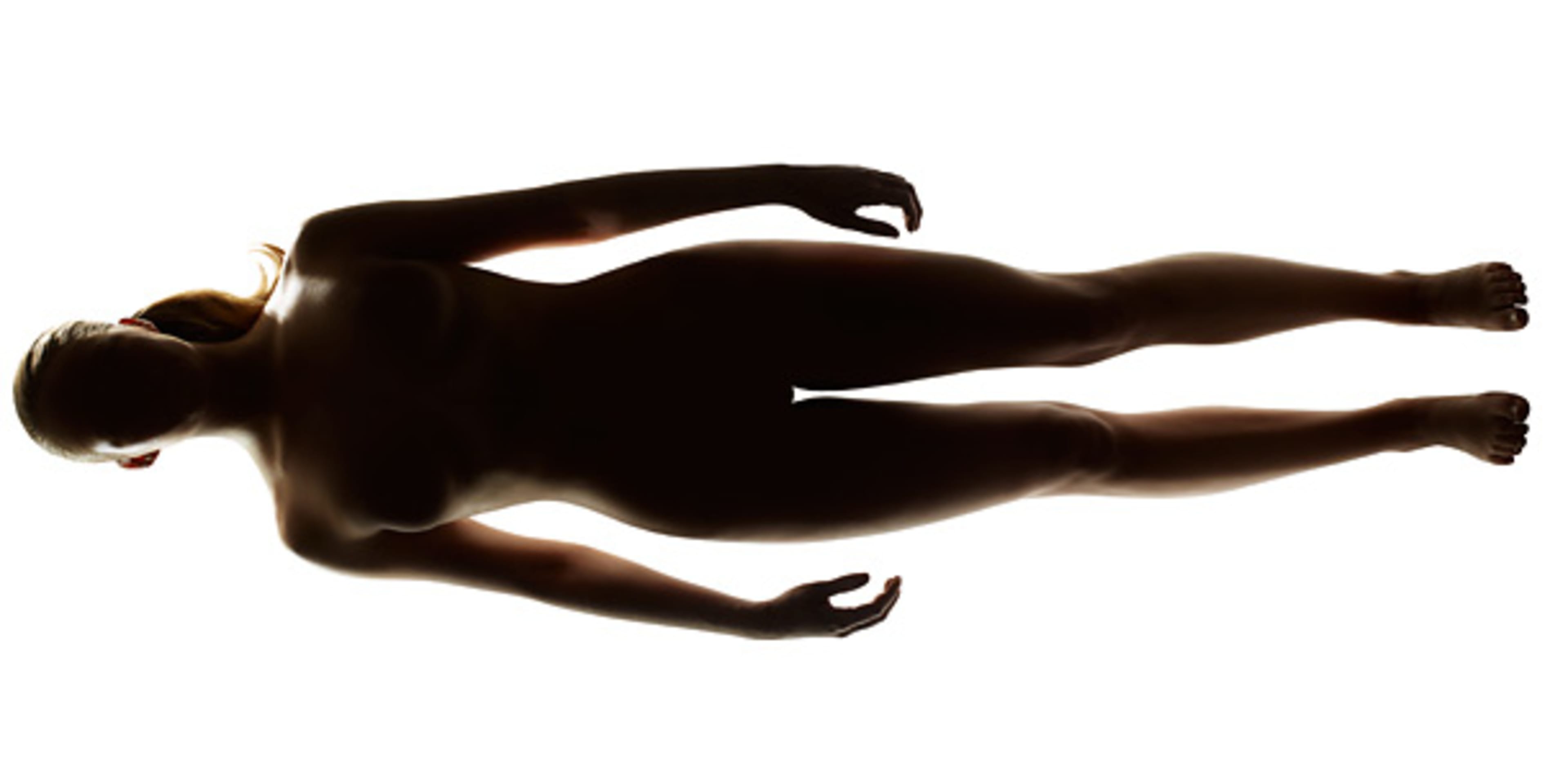
The average auto refractor–that clunky-looking device eye doctors use to pinpoint your prescription–weighs about 40 pounds, costs $10,000,
and is virtually impossible to find in a rural village in the developing world. As a result, some half a billion people are living with vision problems, which make it tough
to read and work.
Ramesh Raskar knew fixing this problem would be tricky. It required a new way of thinking about eye tests–and a new kind of device, one powerful enough to support
high-resolution visuals, cheap enough to scale, and simple enough to be used by just about anyone. The MIT professor briefly toyed with stand-alone options, which were
complicated and costly. Then he reached into his pocket and pulled out an unexpected savior: his iPhone.
“The displays had gotten so good, thanks to people wanting to watch episodes of Lost in high definition,” Raskar recalls. “I was immediately energized.”
By creating an app and attachment for the popular smartphone, Raskar could tap into a huge existing user base and skirt millions in distribution and manufacturing costs.
The result: a plastic clip-on eyepiece that uses an on-screen visual test to determine a patient’s “refractive error” (a number doctors then use to dole out prescriptions).
When his startup, EyeNetra, begins market testing later this year in Brazil, India, and Mexico–and eventually in the U.S.–its tech will deliver all the functionality of an
optometrist’s costly machine for less than $30.
This is the thrilling, disruptive potential of “mHealth,” the rapidly growing business of using mobile technology in health care. Leveraging the wonders of a device
that’s fast becoming ubiquitous–two in three people worldwide own a cell phone–a new generation of startups is building apps and add-ons that make your handheld work like
high-end medical equipment. Except it’s cheaper, sleeker, and a lot more versatile. “It’s like the human body has developed a new organ,” says Raja Rajamannar, chief
innovation officer at Humana. Smartphones can already track calories burned and miles run, and measure sleep patterns. By 2013, they’ll be detecting erratic heartbeats,
monitoring tremors from Parkinson’s disease, and even alerting you when it’s prime time to make a baby.
At stake is the future of health care–and a share of the $273 billion medical-device industry, which is dominated by the likes of GE and Philips. Although today’s
mHealth market barely tops $2 billion, experts predict that number will skyrocket over the next decade as smartphones get smarter and patients lose, well, patience with the
high costs and hassles of health care. “Why prescribe a $1,000 test in the hospital when all you need is a heart rate?” asks Leslie Saxon, a cardiologist who heads the
University of Southern California’s Center for Body Computing. With inexpensive new technology, she notes, “I could tell a patient to go to the drugstore and buy an ECG
[electrocardiogram] sensor for her phone.”
But can we really trust our phones to dispense medical data? That’s the question facing the FDA, which has spent the past year or so putting pioneering mHealth products
through rigorous evaluations. “We had to show that our phone-computing platform and display quality were on par with existing devices,” says Sailesh Chutani, CEO of
Mobisante, whose ultrasound attachment was sanctioned in January–after about a year of costly back-and-forth. With this first wave of devices approved and a mobile-specific
set of guidelines to be finalized later this year, the FDA expects to streamline its approval process, which should juice the mHealth market. “Regulatory clarity almost
always drives investment–provided it’s not a big, clear no,” says Joseph Smith, who helps run the West Wireless Health Institute.
Whether these tools actually make us any healthier, however, will depend on how we use them. Given the ability to record our snacks, thoughts, naps, movements, and more,
“we will be overwhelmed with data,” warns John Moore, a lead researcher in the New Media Medicine group at the MIT Media Lab. “We need a holistic vision to make it all
meaningful and motivating.” Among other advances, that vision will require a seamless flow of data across myriad devices and platforms–think how the MP3 format transformed
the music industry–and a physicians’ movement to adopt electronic medical records. (Right now, only a third of them have.) And even then, there’s no guarantee these tools
will change behavior. Will we stop eating sugary foods? Or, as Smith wonders, will we just be staring curiously at “phones that show glucose readings in three colors”?
Corporate titans are racing to find out. Johnson & Johnson, the world’s largest medical-device maker, recently invested in sleep-monitoring technology from Zeo, a
Massachusetts-based startup. Best Buy is funding earbuds that can monitor your heart rate. AT&T helped seed an
employee-wellness program with WellDoc, whose apps help users manage diabetes, among other conditions. And Qualcomm, the renowned chipmaker, just launched a subsidiary
that’s helping to develop all kinds of mHealth devices. “Will this nascent technology attract consumers, health-care providers, and health-care payers?” says Don Jones, a VP
at Qualcomm. “The entire world is keeping its fingers crossed.”
Recognize your brand’s excellence by applying to this year’s Brands That Matter Awards before the early-rate deadline, May 3.







